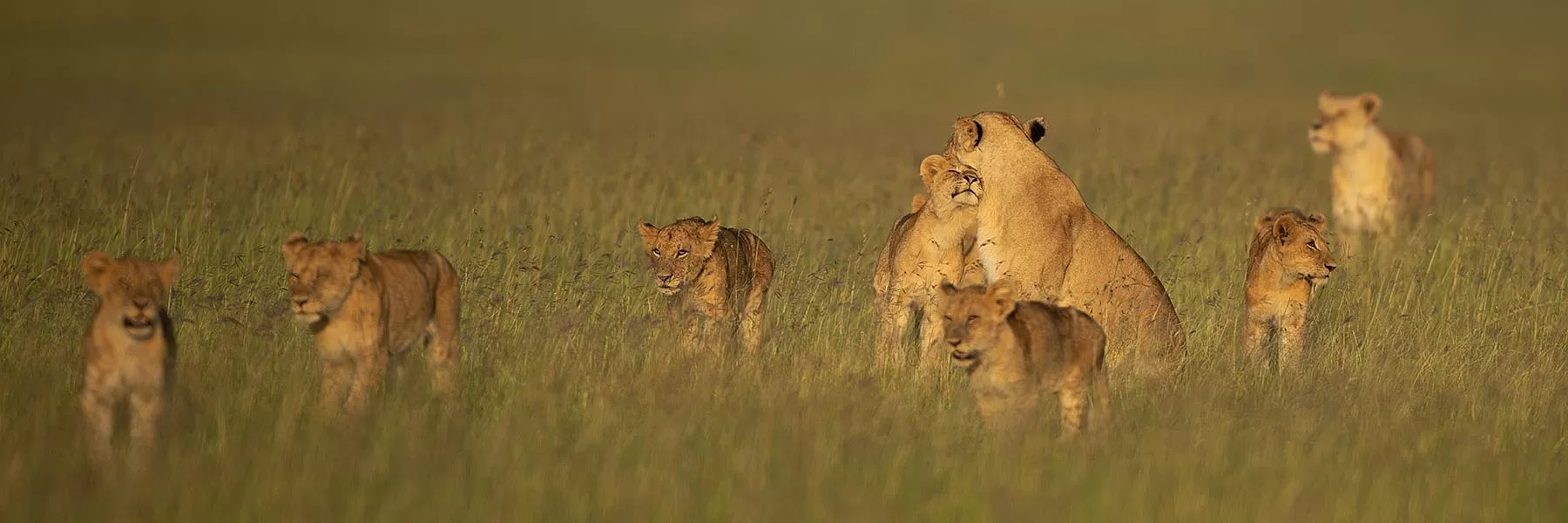The term “Big 5” was coined in the 1800s, referring to the difficulty in hunting the 5 elusive animals- the African Lion, Leopard, Elephant, Cape Buffalo, and Rhino (both white and black). These species were recognized as the most dangerous and hardest animals to hunt. Today, however, shooting these majestic animals is about choosing the right lens for your camera.
Lion
At up to 225 kg, the African Lion is the second largest cat in the world, after Tiger. Unlike the other members of the cat family, lions are social animals. Lions usually live in a pride of as many as 40 members, consisting of one or two males, several females, and cubs. A pride’s territory can extend as far as 250-260 square kilometres, and their roar can be heard as far away as 8 km. The male’s primary responsibility is to protect their pride’s territory. The female members are responsible for hunting and caring for the young. Female members live together for life. The mane of the lion is an indicator of its age; the darker the mane, the older the lion. Lions are egalitarian, meaning their social hierarchy can change, and a new dominant male may emerge. Lions have very few natural predators, a buffalo may sometimes try to attack the cubs. The biggest threat to this species is man, big-game hunters and the eradication of lions’ habitat has led to a decline in their population. The role of the lion in the environment cannot be overstated; they prey on the weakest members of herds, thus keeping the population healthy and resilient. Their declining numbers can have serious long-term effects on the ecological balance of their habitat. Almost all the big game parks of Africa have Lions, but still the best places to spot them are Masai Mara in Kenya, Serengeti in Tanzania and Kruger National Park in South Africa.
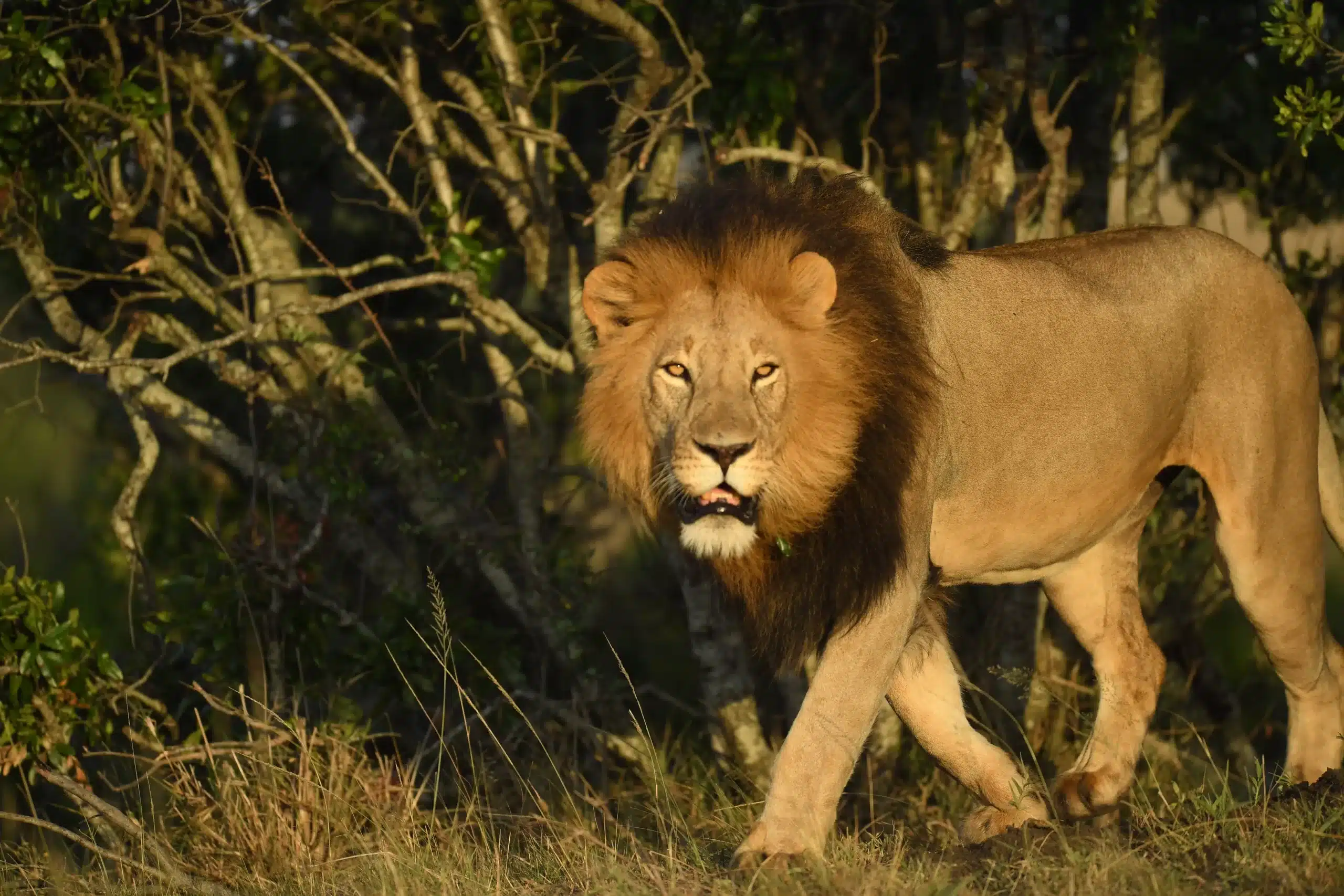
Leopard
While they may be the smallest of the Big-5, they are also the most agile and fast. Leopards can run at speeds up to 57 km/h and can leap up to 6 metres. They are excellent at climbing trees and are strong swimmers. These elusive and sneaky animals are light-coloured, with distinctive dark spots called rosettes, providing them excellent camouflage. Leopards prefer to lead a solitary life and prey on big animals like antelope, jackal, gazelle, monkey, wildebeest, impala, and zebra. Leopards are nocturnal and stay hidden during the day, making it quite difficult to spot them. Leopards find their home all over sub-Saharan Africa and are amongst the few big-game species found outside national parks. They are comfortable in almost all habitats, like deserts, grasslands, mountains, swamps, and rainforests. They have the largest territories of all the big cats, and they seldom stay in the same region for more than a few days. Unfortunately, however, they are dwindling in numbers as well, thanks to a loss of habitat and prey, and are listed as “Vulnerable” on the IUCN Red List. The best places to spot these animals are South Luangwa National Park in Zambia, Moremi Game Reserve in Botswana, Londolozi Game Reserve in South Africa, and Samburu National Reserve in Kenya.
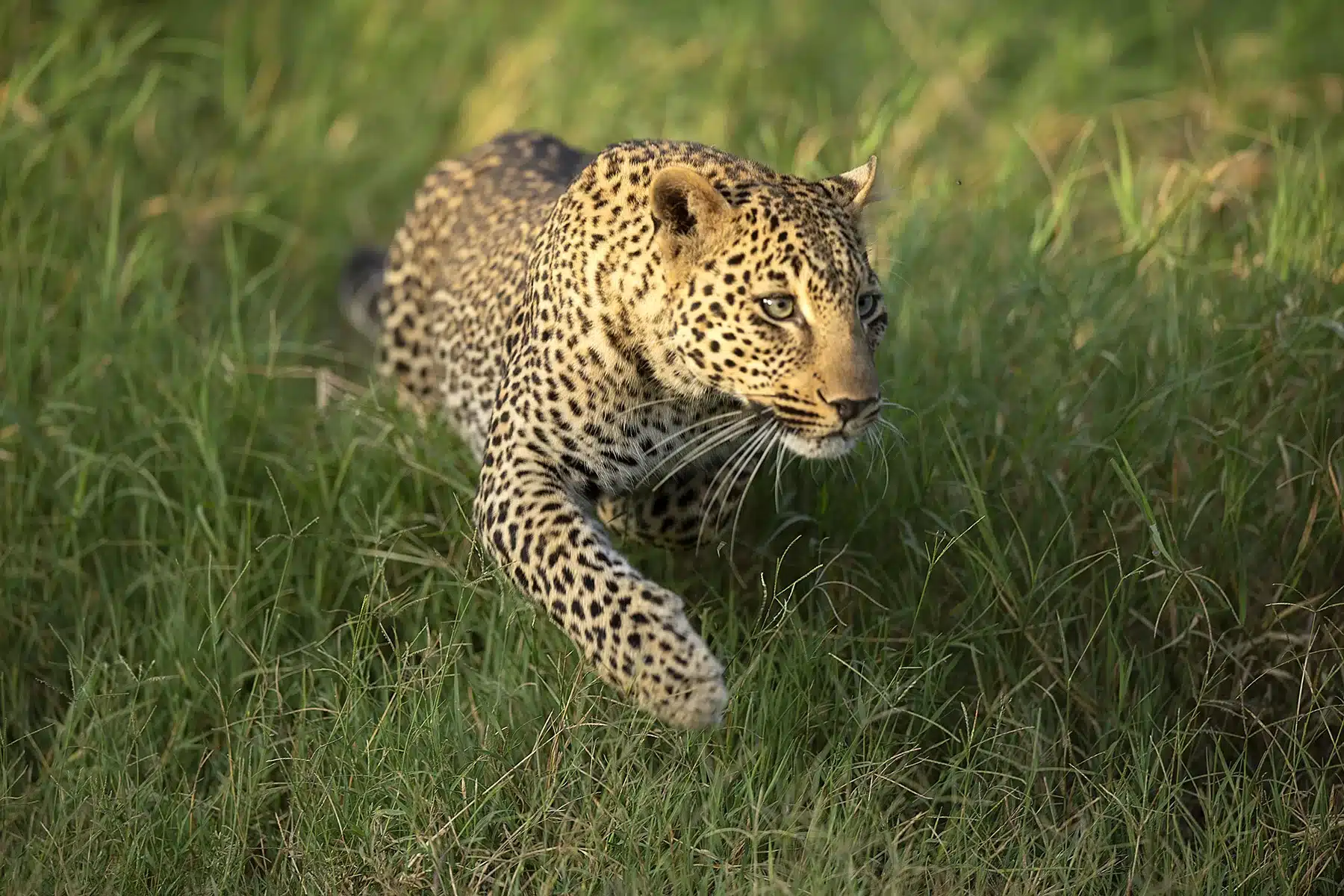
Elephant
The African Elephant is the largest of the Big 5, weighing as much as 7 tonnes. These animals consume between 300 to 500 pounds of food and 50 gallons of water a day and spend upwards of 16 hours a day eating. They can survive in varying habitats, from deserts to wetlands. The inch-thick skin of African elephants and enormous ears make them well-adapted to the environment. These large mammals are strong enough to pull up trees to make grasslands, and consequently dispersing seeds. This helps in increasing the biodiversity of their habitat. Elephants are highly social; they live in female-led groups of as many as 100 individuals. Elephants can communicate with their herd across large distances using a low frequency that cannot be heard by humans. The African Elephant is listed as vulnerable on the IUCN Red List, as a result of the extensive poaching done in the 1970s and 80s for their ivory tusks. In the last decade, however, a ban on all forms of ivory trading has helped stabilize their numbers but poaching still continues and threatens these majestic creatures. You can spot African elephants in Masai Mara in Kenya, Chobe National Park in Botswana, Addo Elephant Park in South Africa, Hwange National Park in Zimbabwe, and South Luangwa National Park, Zambia.
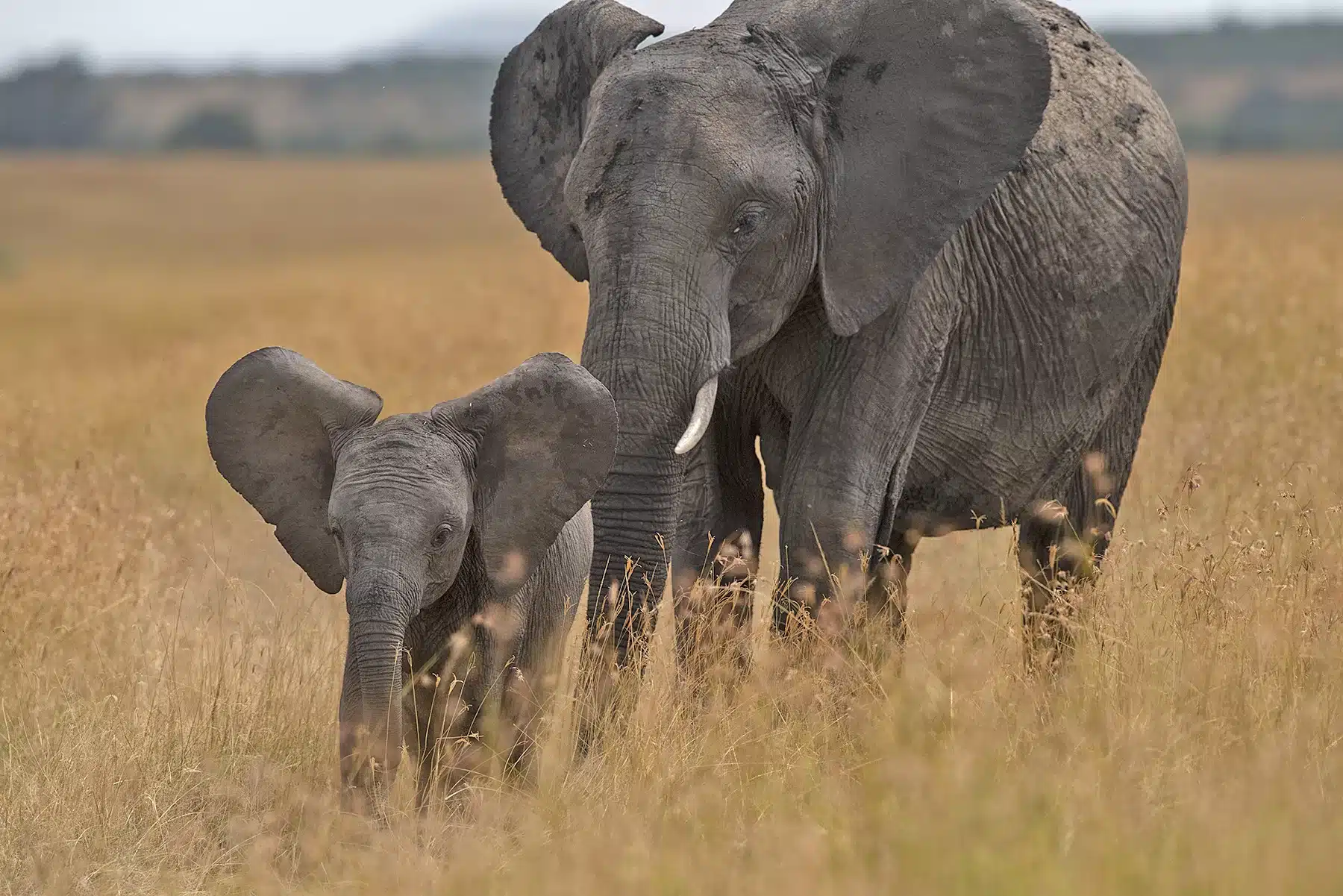
Cape Buffalo
Cape buffalo are found throughout sub-Saharan Africa, in the water-rich game reserves and national parks. They weigh in just over a ton and have a reputation for being one of the most dangerous animals in Africa. They are aggressive and ill-tempered, especially when provoked. More hunters die from buffalo attacks than any other animal. However, amongst their own herd, they are docile and peaceable. These herbivores move in herds of up to a thousand individuals and graze on the open grasslands of Serengeti. These large groups help in setting up a defence against predators and protecting their weaker members. Their impressive horns also provide a good defence against predators. Cape buffalos require water every day and therefore thrive in grasslands with ample sources of water. Buffalos are loyal to their herd- if one member is caught by a lion, the others will jump in to rescue it. When alarmed the entire herd of buffalos may give rise to a stampede. Highly susceptible to cattle diseases, cape buffalos were nearly wiped to extinction when the Rinderpest virus attacked in the 1890s. The virus was eventually eradicated, and over time, their numbers improved. You can spot Cape Buffalos in the Katavi National Park in Tanzania, Lower Zambezi Park in Zambia, Chobe National Park in Botswana, and Kruger National Park in South Africa.
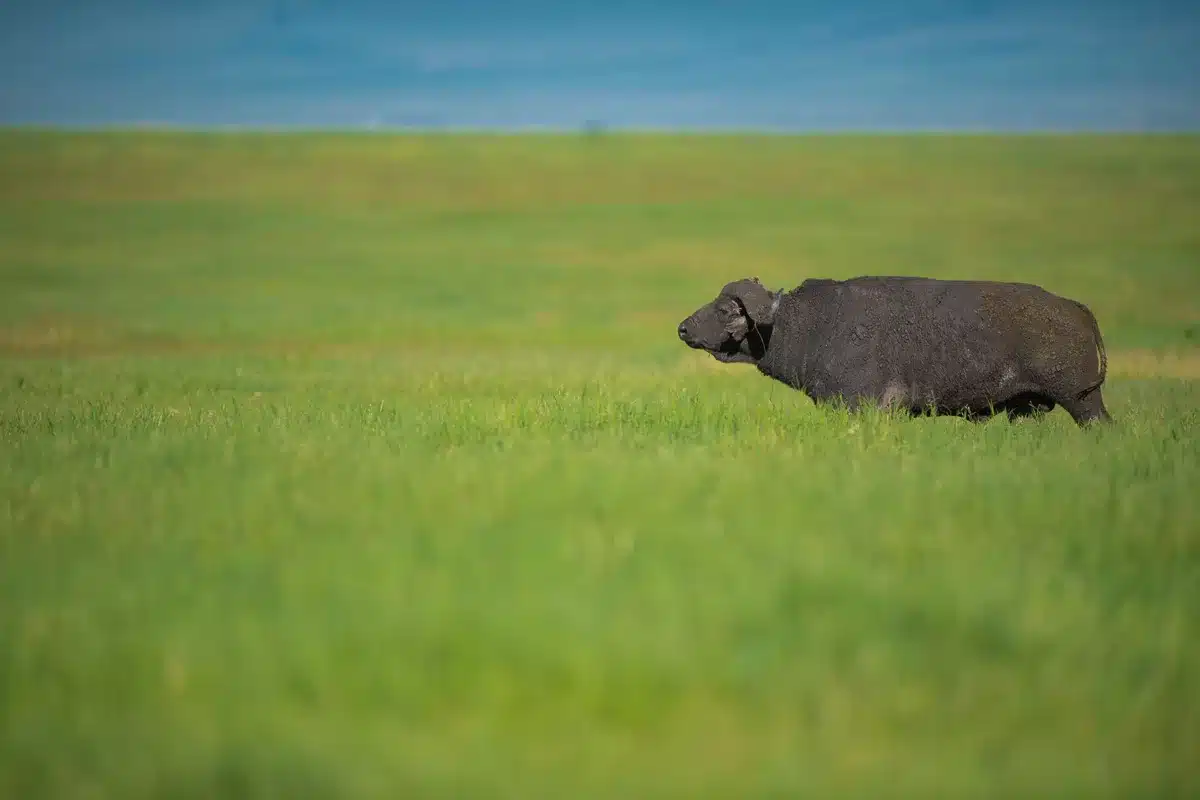
Rhinoceros
Africa is home to two species of Rhino- Black Rhino and White Rhino, both of which are at risk of extinction due to extensive poaching. There are only 5000 black rhinos and 20,000 white rhinos left in the wild as per recent estimates. Recent conservation efforts have helped stabilize their population to some level, but they still remain the most endangered of the Big-5. Rhinos have poor eyesight and sometimes attack rocks or trees by accident. However, they make up for it by having an acute sense of smell and hearing. The difference between white and black rhinos is not of colour, but their mouth shape. White rhinos have flat and wide mouths and the Dutch pronunciation of “wide” is “wijd”, and its mispronunciation has led to this name. They also differ in terms of food preferences and temperament. While black rhinos are solitary and known for being bad-tempered, white rhinos are relatively more peaceful and live in pairs. Black rhinos prowl desert areas whereas white rhinos graze on wide-open grasslands. Rhinos can often be spotting wading in muddy waters to cool down their bodies. Your best chances of spotting rhinos are at Hluhluve-Imfolozi Park in South Africa, Etosha National Park in Namibia, Lake Nakuru in Kenya, and Ngorongoro crater in Tanzania.
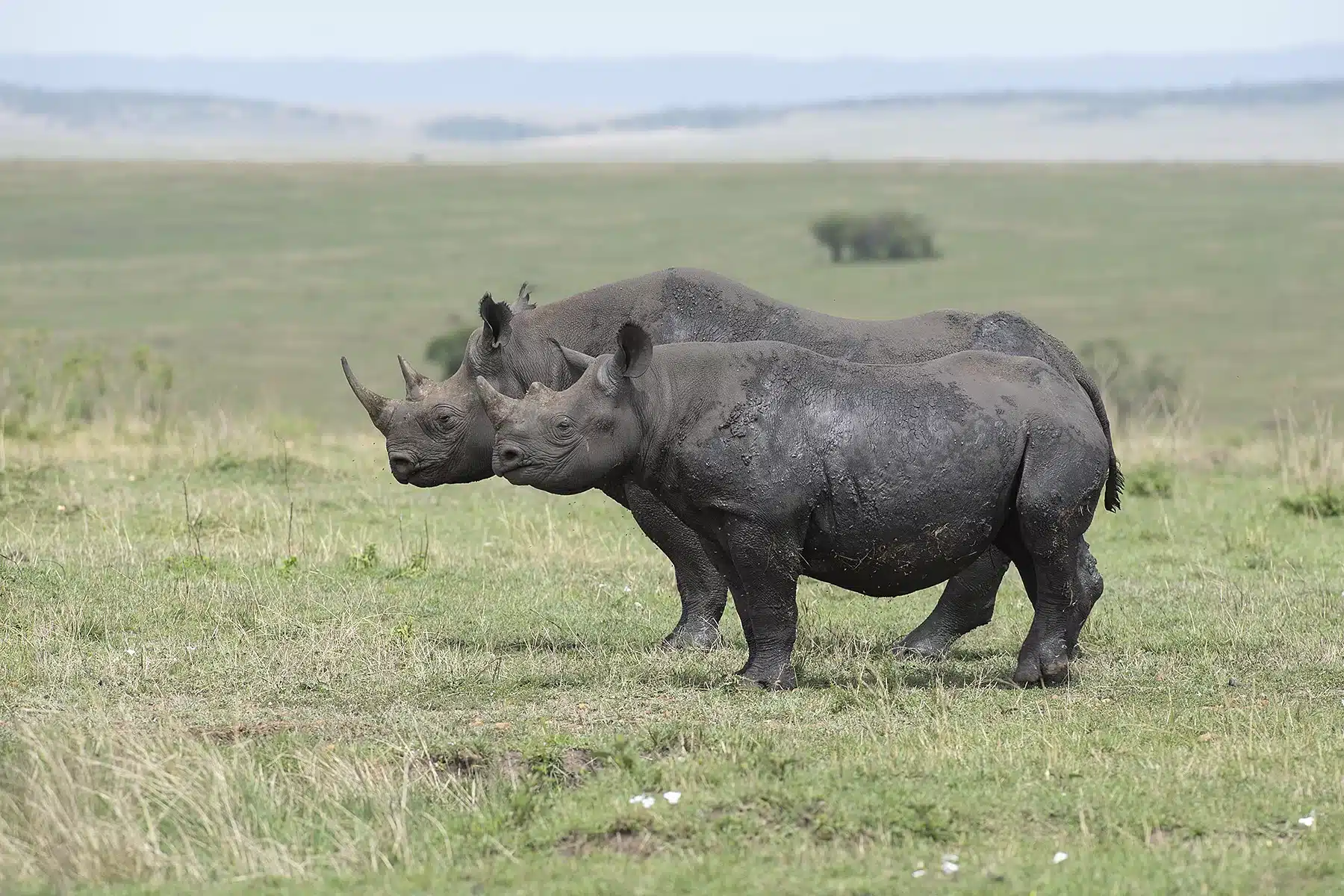
The Big 5 are sure to sweep your breath away when you see them for the first time. The Big 5 are the pride of Africa, and the eternal synonym of “African Wildlife”. If you wisely choose your destinations, you may even see all of them in the same park, or definitely in the same trip. If you need to start somewhere, you may look at this Big 5 itinerary of Kenya, click here to open.
If you loved reading this story, then subscribe to our blog here (it will ask to verify your email) to get inspiring travel stories and trivia delivered to your email. Stories about wildlife trivia, cultural experiences, curated luxury hotel lists, underrated places to travel, polar journeys and much more.


